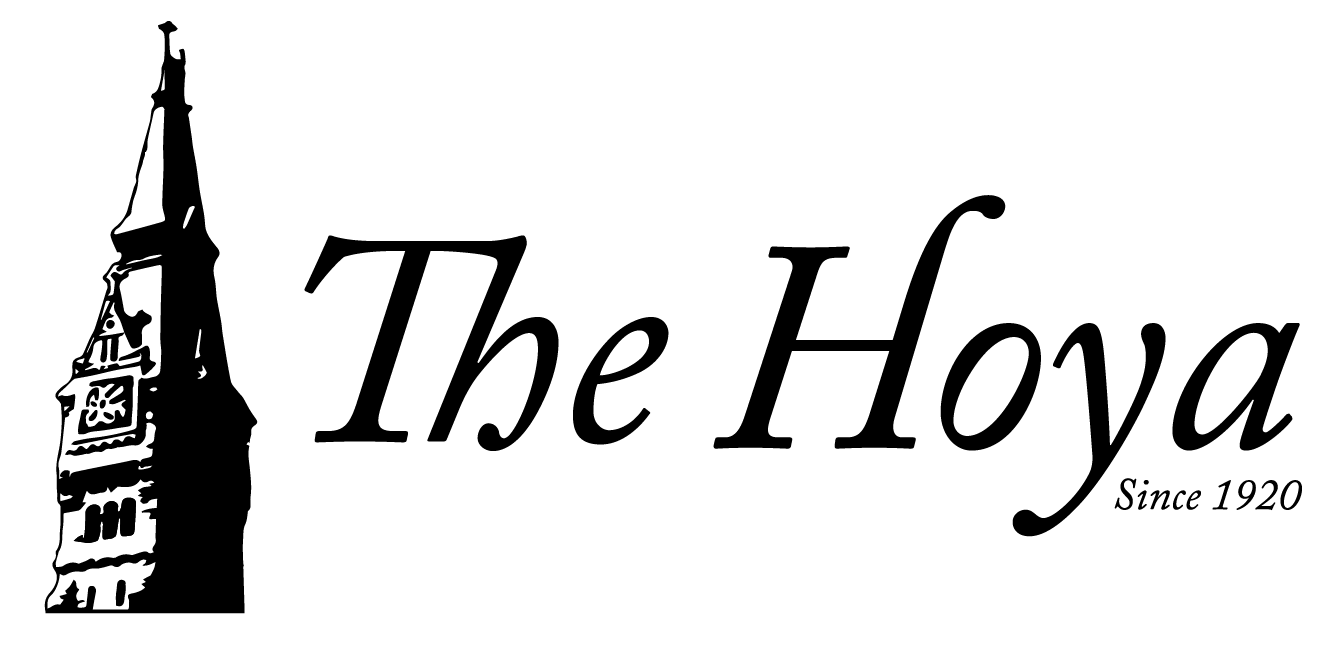“Class, we will be going on a trip to Anacostia.” I heard this from my professor and immediately became a little afraid.
Anacostia is one of the poorest neighborhoods in the United States. About one half of all the murders in Washington, D.C., take place in Anacostia. This is Southeast D.C. This is the same part of D.C. that our peers, parents and friends tell us never to enter. It is most ironic that this area is only a few blocks from Capitol Hill. How can we call our country the nation of milk and honey, when there are so many people struggling in our own capital?
Being part of Georgetown, in our picturesque environment, I was never introduced to a part of our capital that was in such poverty. But then the Earth Conservation Corps came to my Church and Poor class. The ECC takes kids from the streets of Anacostia to do environmental work. The Anacostia River separates this forgotten land from the rest of the capital and is one of the most polluted rivers in the country. This is not the “beautiful” Potomac River that we see everyday at Georgetown.
The ECC members gave me a lesson that I never will forget. I interviewed some of the members that came and wrote down some disturbing things.
When I asked one member what she did before she came to the ECC, she said, “I was selling drugs, getting high and drunk all the time. I also graduated from high school before I came to the ECC.” This was shocking to hear. Many of the other ECC members described a world in which they saw themselves as stuck.
I asked another ECC member what he would have been doing if he had not joined the ECC. He said that he probably would be locked up in jail or maybe even dead. After hearing this, I immediately asked the members if they knew anyone who was murdered. Almost all their hands went up. At least nine ECC members have been murdered in the past. The deaths did not have to do with the ECC itself, but the environment that the youth were from.
“How did the deaths affect you?” I asked.
One girl replied, “We see death everyday.” Another girl immediately responded, “I am going to a funeral tomorrow.”
It is incredible that these people are so used to death. How can you expect a person to escape this life with what they have to work with?
The ECC has been working to solve this problem one child at a time. The organization repairs the shoreline, removes tires from the river, plants trees, educates children and is currently creating a trail system to connect parts of the District with surrounding lands. Members have also brought back and released 16 bald eagles to the city.
ECC participants are also given an educational push – one half of the corps takes the graduate program that they offer. With the skills that they attain – computer skills, video editing, public relations skills, landscaping, environmental knowledge, a GRE course and even a $5,000 scholarship toward college – 85 percent of its members have gone on to higher education and have landed jobs.
As a result, the ECC has seen a major growth in popularity and competitiveness for admission over the past couple of years. The ECC is always looking for funds in addition to money from private donors and from AmeriCorps. They want to accept more than the 50 members that they take on each year, but cannot with the present funding.
Along the Anacostia River, we saw all the trash that was still in the water and the hard work that the members of the ECC have done and will do. Right before I went to Anacostia, I was afraid to go. After I came back, I was ashamed of my attitude. I had seen people of a forgotten region when I went there, people who walked those streets of Southeast D.C. every day. While I complain about the food in the cafeteria, the Anacostians do not always know if they will have dinner or will be alive to eat it.
It is easy for government officials to say that they want to help people who are needy, but the reality is that many of their ideas have remained just that – ideas. If Anacostia is able to exist in the eyes of the leaders of the government, then where else have they turned a blind eye? The best way to learn about places like Anacostia is to go there and talk to the people that live there, not read about it in the newspapers. (They have regular tours for the Anacostia River and the ECC itself.)
The inhabitants of Anacostia are regular people who just want to be heard and say that they do exist. They are more than friendly and you can most definitely give a helping hand and face the reality that the District continually deals with.
Editor’s Note: To learn more about the ECC and find out how you can help, go to https://www.ecc1.org or e-mail glenecc1.org.
Levine Thomas is a junior in the College and is assistant opinion editor and assistant web editor of The Hoya.






